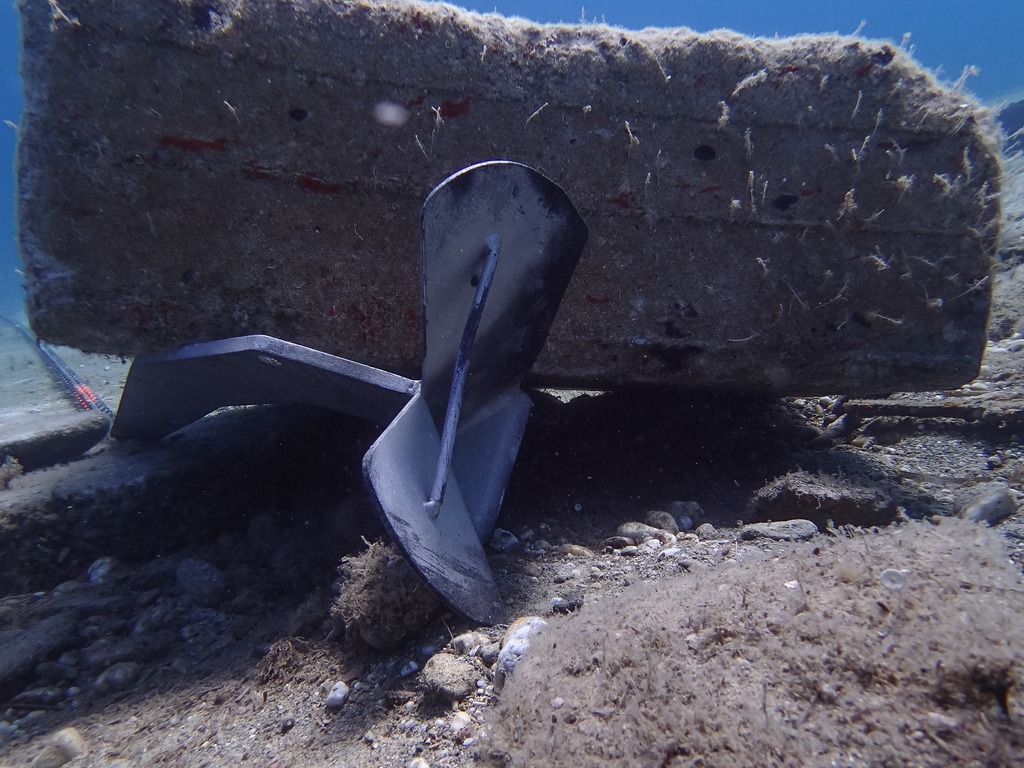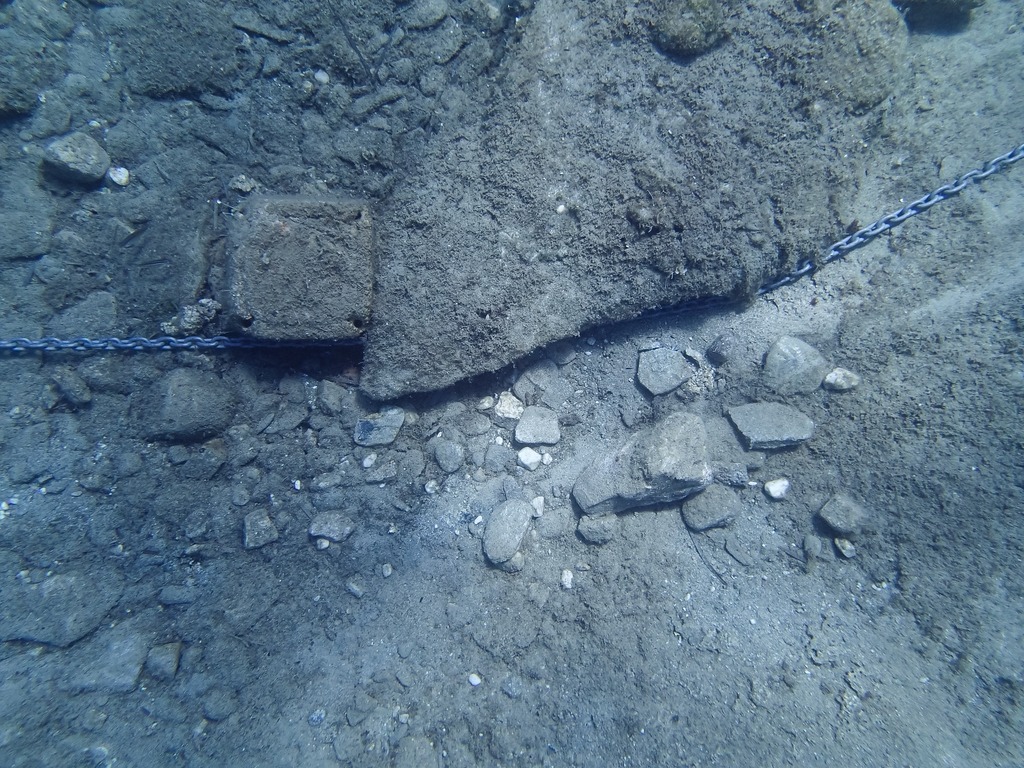FairweatherDave
Well-known member
Ignoring the fact my lunchtime anchoring spot was unwise, I managed to hook an old mooring chain, and for a while was perplexed. Obviously I realised I was very fixed to the ground and did not know what it was. I tried paying out the chain again and pulling from a different angle but the bow just pulled sharply down . I then tried a loop of chain on a line,down the chain while it was tight and then letting go a little slack and winching the line from the genoa winches over the side. No joy. My question is what should I have done next? I still had no idea what I was hooked on. I started trying to fish for the anchor roll bar but that was simply too hard work since it was my Danforth kedge........on some chain, and the anchor seemed to be under the boat. So it would have been impossible to drop directly onto the anchor. Definitely my mistake there was not to release the tension on my chain loop as the Danforth might have hooked the roll bar if I had been doing it from the bow. But I had been swimming already so got my mask and flippers, nervously thinking how deep down the chain should I pull myself, when happily just a metre under the surface I found the anchor, tightly suspended by the tension from my genoa winch on the chain loop and the pull downward of this old mooring chain. I got a line tight from above under the old mooring chain, slackened everything else off and could free the anchor. Relief.
So.
Lesson 1 In a dodgy place don't anchor...... or use a tripping line.
Lesson 2 Have a small folding grapnel ready for fishing. Anything else recommended?
Lesson 3. Fishing for the roll bar will only work if the anchor is fairly directly under the bow
Lesson4 Being prepared to dive doesn't mean you should. Conditions were benign, water warm and the current had moderated to safely swimmable. I have since read about surfacing under the hull and head injury. And about getting stuck under the water yourself. I was already aware of both those issues before I went in but good to be reminded.
The reason for posting though is really to read about the techniques people use to get their anchor up if it has fouled something.
So.
Lesson 1 In a dodgy place don't anchor...... or use a tripping line.
Lesson 2 Have a small folding grapnel ready for fishing. Anything else recommended?
Lesson 3. Fishing for the roll bar will only work if the anchor is fairly directly under the bow
Lesson4 Being prepared to dive doesn't mean you should. Conditions were benign, water warm and the current had moderated to safely swimmable. I have since read about surfacing under the hull and head injury. And about getting stuck under the water yourself. I was already aware of both those issues before I went in but good to be reminded.
The reason for posting though is really to read about the techniques people use to get their anchor up if it has fouled something.



